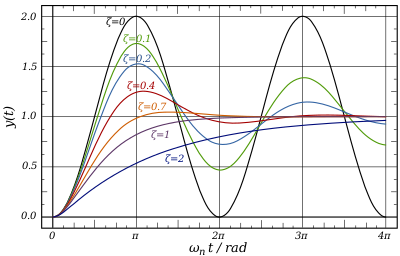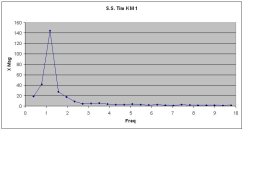So you agree with me that only the spring (coil) is what converts kinetic energy into elastic potential energy. The spring is what stores that kinetic energy (briefly) and this is the shock
absorption.
Absorb = store, even if only briefly.
But then you go and say this...
A damper does not store/absorb kinetic energy (i.e. the shock or impulse) as potential energy. If a damper stored kinetic energy as some form of potential energy, then it could also release that stored potential energy as kinetic energy. Dampers don't do that.
The damper does a different job, by providing a means of dissipating/transferring the kinetic energy, which is does via fluid flow / heat exchange. In this scenario, it is the air surrounding the damper which does the energy absorption. The kinetic energy it dissipates is either during the initial impulse or subsequent kinetic energy as the stored elastic potential energy in the coil is released.
If a damper did store/absorb energy, then you'd be able to quote me a potential energy constant for the damper (e.g. like a spring constant). You can't because it doesn't do that. As mentioned above, it is the surrounding air which absorbs the energy, and we can provide that energy storage constant - it's the specific heat index of the surrounding air.
The relevant mathematical / engineering characterisation for a damper is the damping constant in a Spring-Mass system with Viscous Damping. Here's a reasonable description of that type of system:
Read part 1 if you want to go through the equations of motion for an undamped spring.





